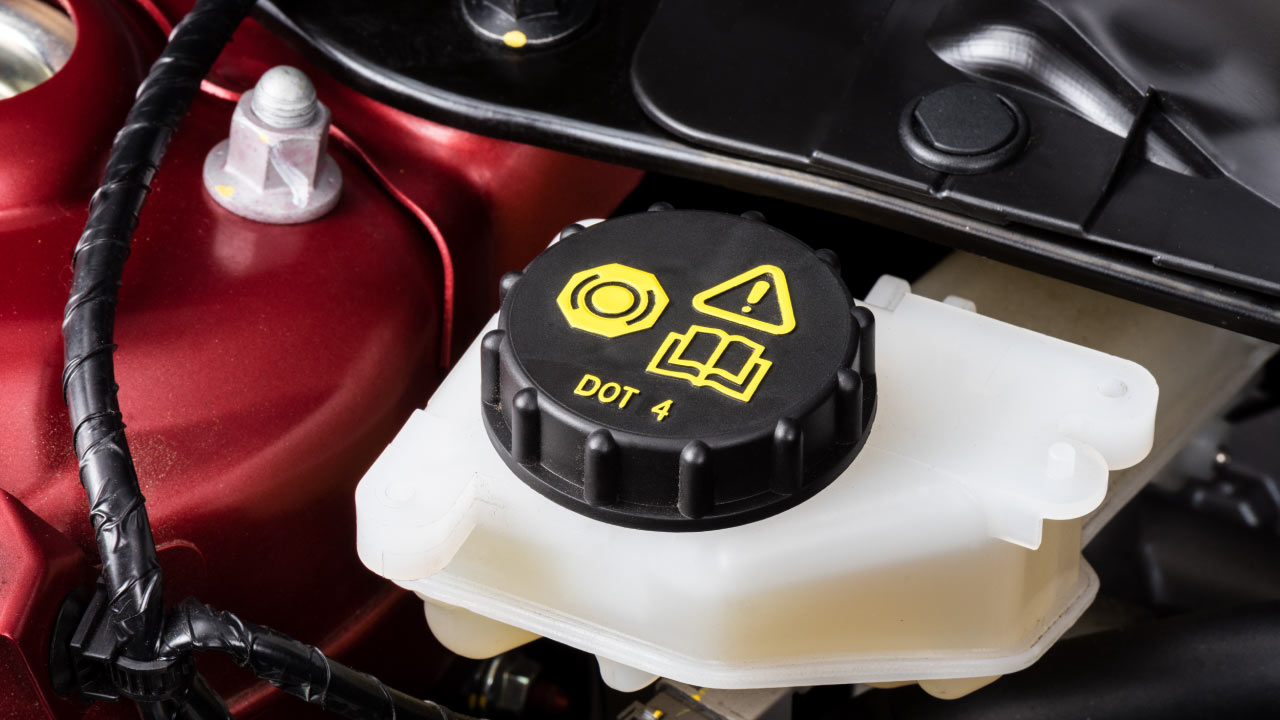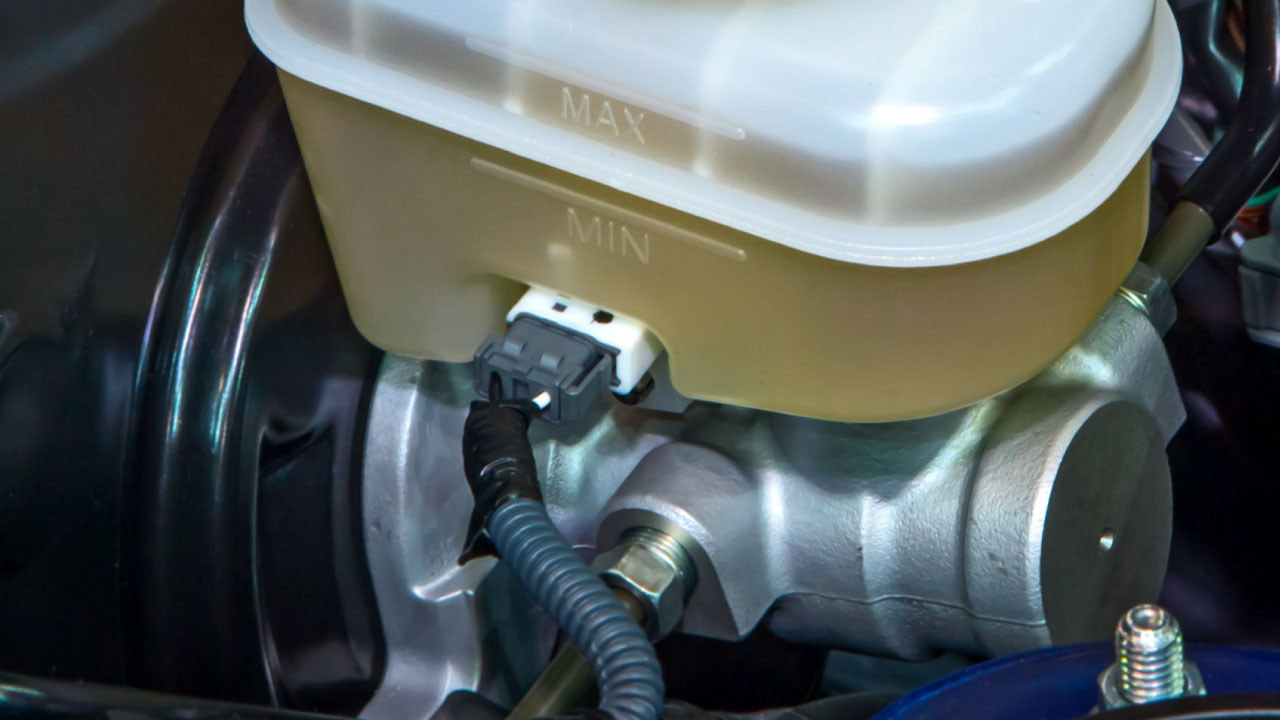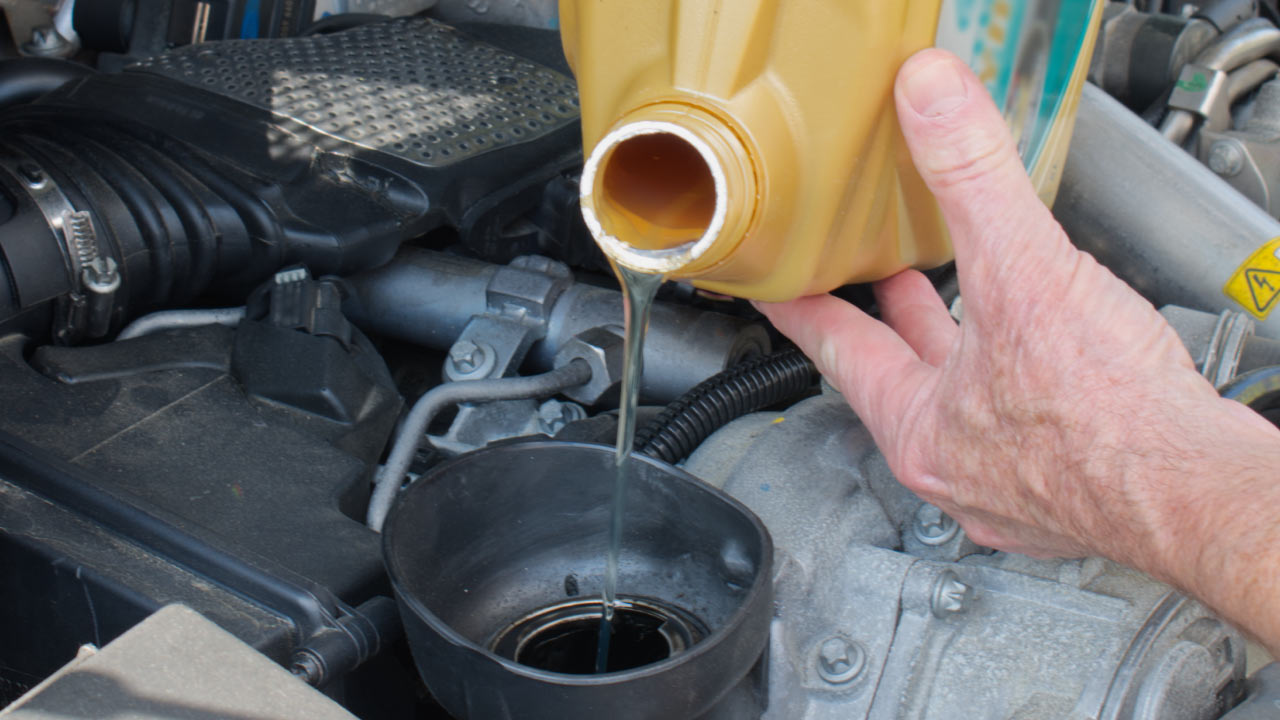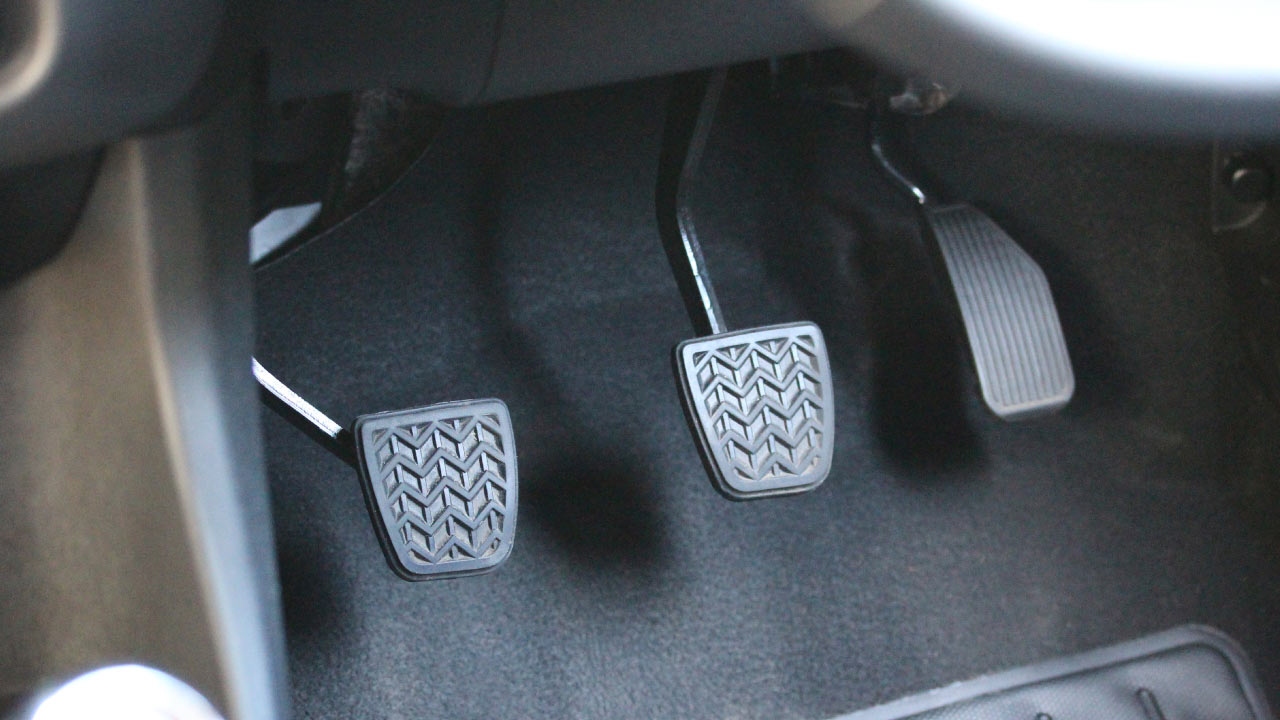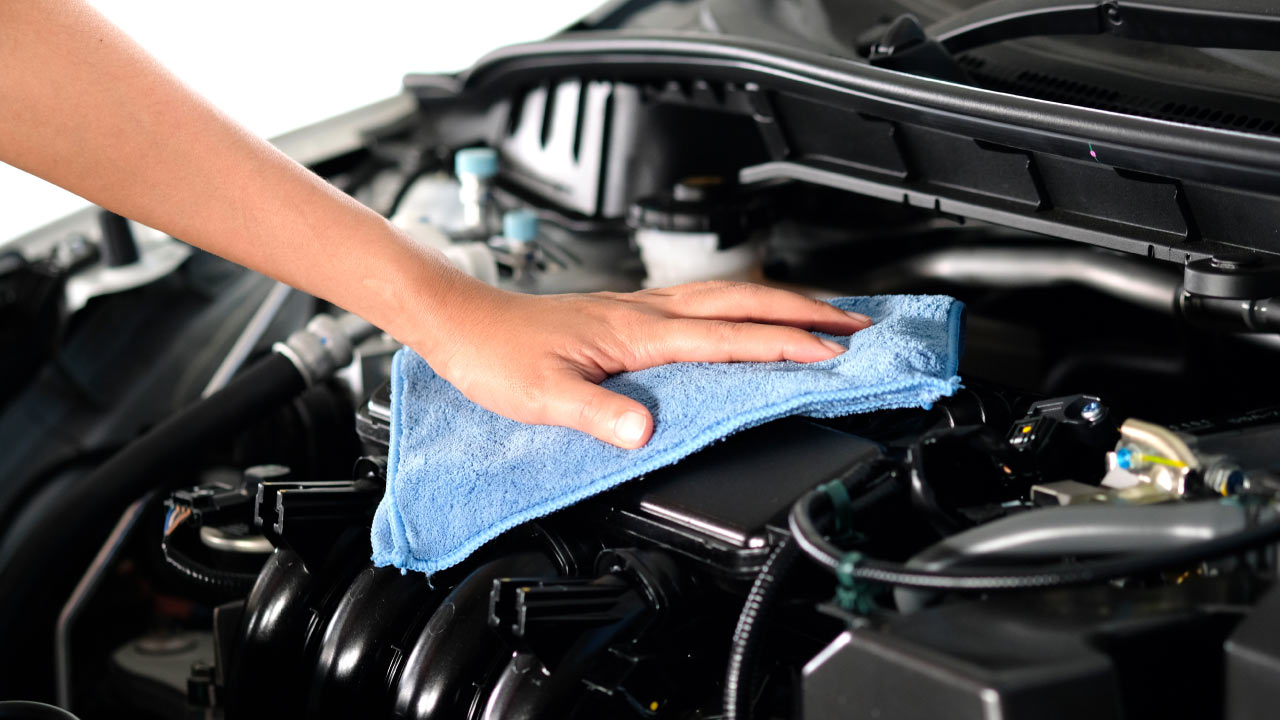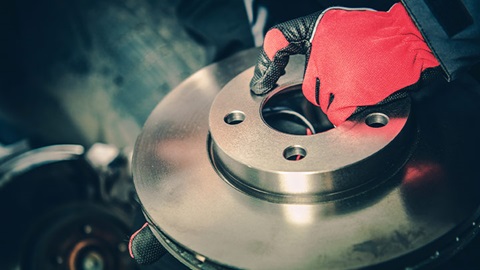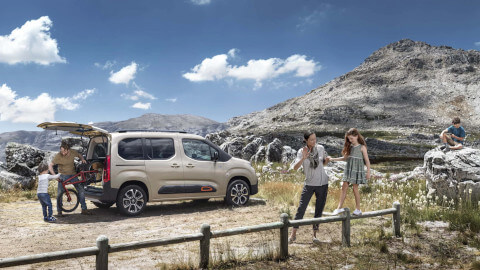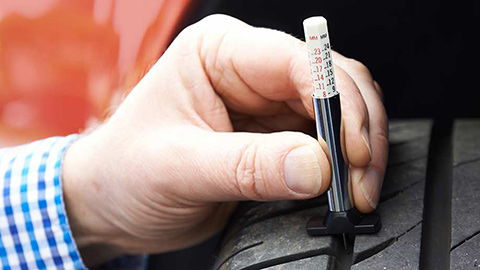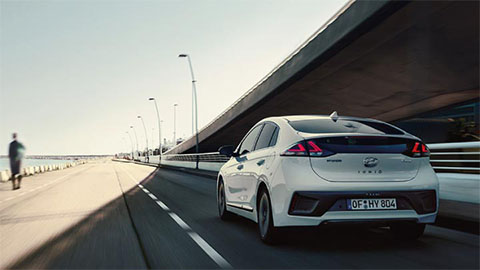How to check brake fluid
Brake fluid is a vital part of your vehicle's braking system, that's why it's important to regularly check if it's fully topped up and in good condition.
Checking the brake fluid levels is an easy DIY task, and you can do it at home yourself. This article provides a step-by-step guide on how to check your car's brake fluid and top it up if needed.
Step 1: Find your vehicle’s engine bay
The first step is to find where your vehicle’s engine bay is located. The exact location can vary from car to car but most vehicle’s have it in the front under the bonnet. If you're unsure where your car's engine bay is, then consult your vehicle's handbook.
After locating the engine bay, gain access to it.
Step 2: Locate your vehicle’s brake fluid reservoir
The vehicle’s brake fluid reservoir is usually located at the rear of the engine bay, but it can be found on either the driver or passenger's side. The reservoir typically looks like a container with a black screw on lid with yellow icons on it. The most common icon is an octagonal shape with a circle and brackets on either side.
The reservoir should be semi-translucent and should have markings down the side that indicate its minimum and maximum fluid levels.
Clean brake fluid should have a slightly golden colour, which could be hard to see if the reservoir is dirty. Make sure the outside is clean for a better view of the inside and the fluid.
Step 3: Check your brake fluid level
As mentioned in the step above, the brake fluid reservoir has markings to indicate minimum and maximum fluid levels. If you find the fluid is under the minimum mark it needs to be topped up.
Step 4: Top up using correct brake fluid
This step needs to be followed with caution. There are several different types of brake fluid, and you need to make sure you’re using the right one for your car. If you have never topped up your brake fluid before, you should be able to find out which type of brake fluid your car needs in the handbook.
DOT 3, DOT 4, DOT 5, and DOT 5.1 are among some of the most common types of brake fluids on the market.
Use a funnel to assist you when topping up the brake fluid. Pour enough fluid to reach the maximum marker. If you don’t have enough room to use a funnel, make sure that you’re pouring the liquid into the reservoir carefully to avoid spillage, since brake fluid can damage the paint. If you do spill some, make sure you clean the surface thoroughly to avoid further damage.
Step 5: Be wary of the signs
Low brake fluid could be an indication of worn brakes. It’s important to check the brakes to make sure they’re in good health to avoid accidents.
If you have to top up the brake fluid regularly, it could be a sign of a leak. If that’s the case, it’s crucial to have your vehicle checked and fixed for your safety.
Step 6: Clean and close
After you’re finished topping up, make sure everything is closed properly (including the seal prof reservoir lid) and clean any spillages.
Still unsure how to check your brake fluid?
Making sure your brake fluid is on the right level is crucial for your safety. If your vehicle doesn’t have the correct level of fluid your brakes could stop working causing a serious accident.
If you’re still unsure on how to check and change the brake fluid, one of our service stations could do this job for you. If you’d like to learn more about vehicle’s maintenance and have access to several owner’s guides, we recommend you have a browse at our blog, which is updated on a regular basis.
Frequently Asked Questions
Checking your vehicle's brake fluid is crucial for your car's upkeep. If the brake fluid isn't at the correct level, the excessive heat could boil the fluid and make your brakes inefficient, which could cause an accident.
Brake fluid is vital for a vehicle's brake to work. The fluid amplifies the force you generate when stepping onto the brake pedal. This force is required to push the brake pads against the brake discs (or drum shoes on the drums). Without the brake fluid, you have no brakes.
When you're running low on brake fluid, your car will give out some signs that you should pay attention to. If your brake pedal isn't responsive, or your brakes are vibrating or noisy, you should check your brake fluid levels and top it up if required.
It'd be also a great help, if you could take your car in for a vehicle health check, so a professional can check if your brakes are in good health.
Yes, you can. Checking and topping up brake fluid should be an easy job that takes approximately 15 to 20 minutes. At Evans Halshaw we offer a step-by-step tutorial on how to do this job safely and point out the potential risks to damage to your car.
Related Articles
-
How do Car Trackers Work? An In-Depth Guide
21 Nov 2024
-
What are Self-Driving Cars and How Do They Work?
05 Nov 2024
-
What is the Real Driving Emissions (RDE) Test?
31 Oct 2024
-
What are Cat's Eyes?
03 Oct 2024
-
What is an Advanced Driving Course?
29 Aug 2024


